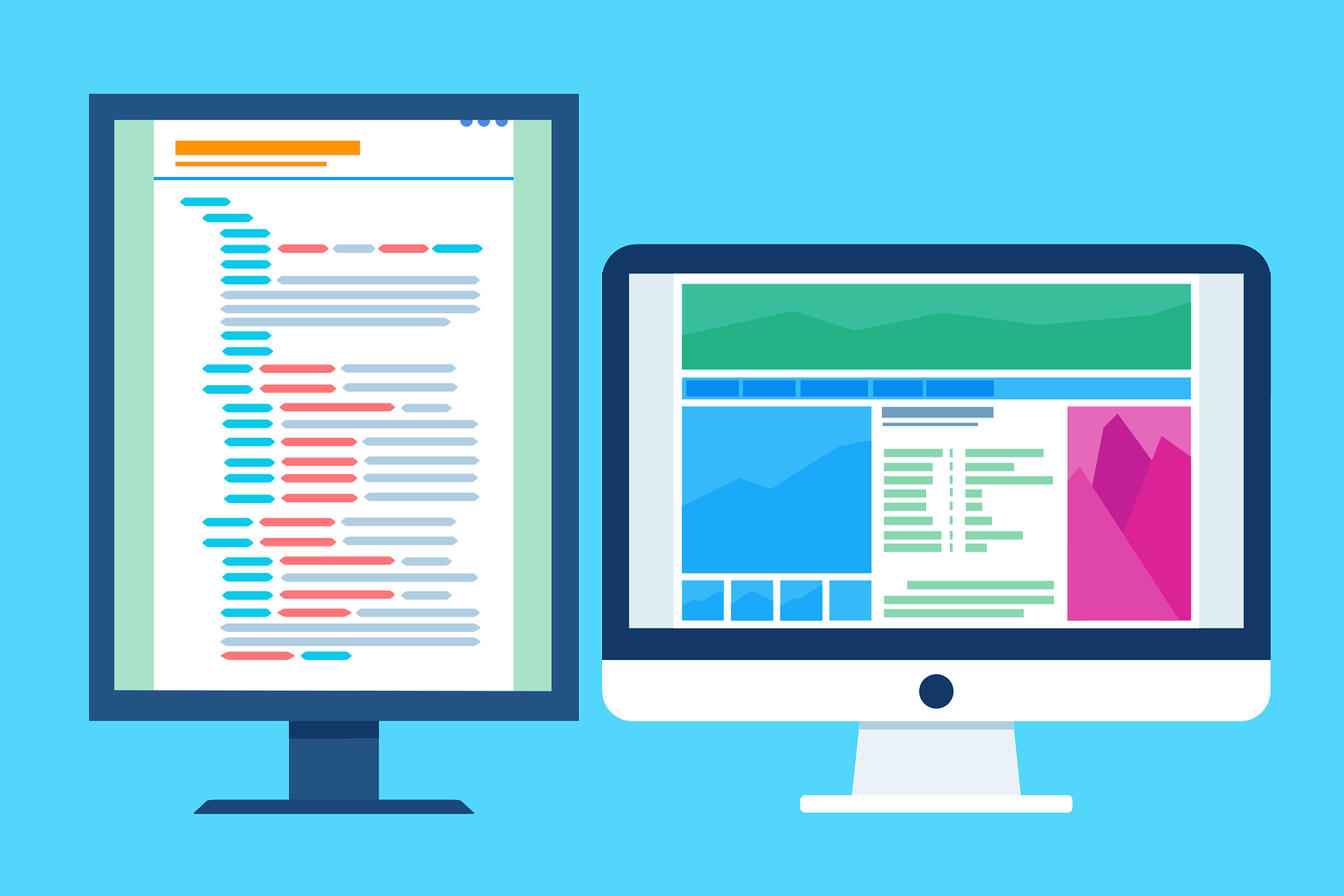The Flexbox layout system, also known as Flexible Box Layout, has become a cornerstone of modern web design. It provides a more efficient way to lay out, align, and distribute space among items in a container, even when their size is dynamic. Unlike older layout models like floats, Flexbox is flexible and makes building responsive websites simpler.
What is Flexbox?
At its core, Flexbox allows you to design responsive, fluid layouts. It’s great for laying out items in either a row or a column, managing both horizontal and vertical alignment with ease. For example, you can use it to center elements, create equal spacing, or distribute items evenly across a container.
Key Features of Flexbox:
- Flex Containers and Items: A flex container can hold multiple flex items. You can apply Flexbox rules to these items for precise control.
- Alignment & Justification: Control over both horizontal (justify-content) and vertical (align-items) alignment.
- Direction Control: Easily switch between horizontal (row) and vertical (column) layouts with
flex-direction. - Flexible Sizing: Use
flex-grow,flex-shrink, andflex-basisto make elements dynamically adapt to screen size.
Example:
Here’s how to center content using Flexbox:
.container {
display: flex;
justify-content: center;
align-items: center;
height: 100vh;
}The above code will center all items both horizontally and vertically within the container.
Whether you’re building a navigation bar, product cards, or complex grid systems, Flexbox provides a powerful toolset for modern web design.


Leave a Reply